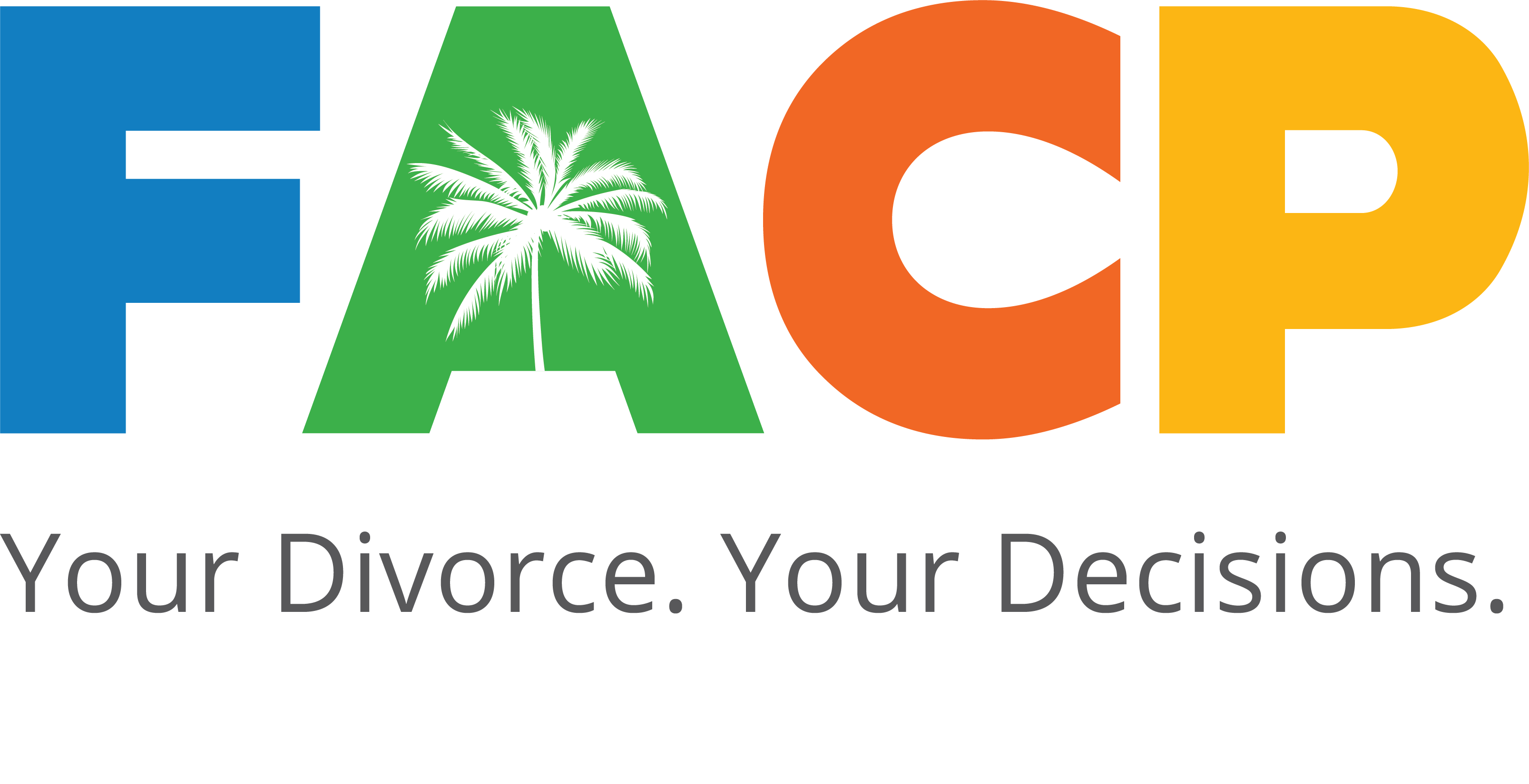I want to swim with a family of dolphin in the wild. I envision myself walking along the sandy shore and seeing the dolphin jumping in and out of the water. There isn’t a cloud in the sky and the sun is shining bright. I swim into the crystal clear and warm water and there they are, a family of five, with a baby dolphin and all. They frolic all around me without showing any signs of fear or anxiety. The largest one invites me on his back and we take off at exhilarating speed. I am part of their pod. We are one.
This is what I am expecting will happen when I arrive at the “swim with the Dolphins” experience I just booked online. You and I may differ on whether these are my realistic expectations or merely a dream. What we can agree on is that the bigger the gap between what I imagine (my expectations) and the actual outcome, the bigger the disappointment I will feel about the experience in general.
In a collaborative family law case it is imperative that clients and all members of the collaborative professional team have realistic expectations about their case and the collaborative process itself. Every detail is important. Clients’ expectations about what their divorce process will look like are guided by what they have seen in movies, or social media, or heard from friends, family, co-workers, who are usually speaking from experiences in contentious litigated cases.
While clients recognize that the collaborative process is different from a traditional divorce process, many times they don’t understand exactly how the process will differ and more importantly, how they will feel about those differences. I was recently knocked on the head with this when, following the first team meeting in a collaborative case, my client angrily and accusatorily told me that she had felt extremely uncomfortable with the fact that I sat next to her husband’s attorney and had gotten along so well with him, claiming that I would not “fight for her” so as not to offend the other attorney. She went on to express her outrage at being “forced” to sit next to her husband during the meeting, a tactic she thought was meant to intimidate her.
With indignation, I thought about how I had taken time to speak with her at length about collaborative law and the concepts behind the collaborative process. Why was she now surprised that we were all friendly and working as a team? Trying to quell my rising frustration, I focused on what she must be feeling to react in this manner. It was obvious that fear and anxiety were fueling her words. I realized in that moment that I had failed to provide my client with a clear and detailed picture of what may happen during that first team meeting. I had failed to ensure that she had realistic expectations. I made some incorrect assumptions about her perceptions and level of comfort with the process and those involved.
Particularly during the initial stages of a divorce our clients are emotionally overwhelmed. Those feelings are further inflamed by the vast amount of information they receive regarding the law and the process itself. It should not have come as a surprise to me that my client was unable to retain and assimilate all of the information she received during our initial consultation with her own expectations about the divorce process. While acknowledging that I am not a mental health professional, it is crucial if I want to excel at being a collaborative attorney (and I do) that I be more mindful of my client’s emotions and expectations of the process itself. It is my responsibility as a collaborative attorney to help my client’s expectations verge upon reality so that my clients feel safe, disappointments are minimal or non-existent, and the process has a better chance of success.
Because it’s summer, I hope you will indulge me as I continue with the sea life analogies. My client, like many others going through divorce, felt that she was about to go for a shark dive, not for a swim with dolphins. For her, the collaborative process was like going on a caged shark dive whereas litigation was a cageless shark dive, but both included sharks . To her, we were all just sharks in dolphin suits playing nicely and waiting for an opportunity to take a bite.
As collaborative professionals, we must ask ourselves what are our clients’ expectations of how attorneys behave and how does that fit into the reality of the collaborative process? Do clients that choose collaborative think that the attorneys will behave differently? Do clients feel unprotected or unsupported with an attorney that does not act like a shark? These are some of the conversations (maybe skipping the shark/dolphin analogies just this once) that we need to have with our to work through their expectations of the process.
So, what have I learned and how have I changed the way I do things as a result of this experience? I learned that it is crucial to engage in very detailed discussions with my clients about their expectations and the reality of the collaborative process. I continue to do that in my initial consultations. And I now realize that a client most likely may, and this client definitely did, need to hear it all again right before the first team meeting. I prepare my clients so that they expect to see a level of comfort and camaraderie between the members of the team and I explain the benefits of having a team that is in sync. Because clients may still expect to see a shark at the table, we talk about the roles of the attorneys in a collaborative process. I explain in detail each person’s role, how they may interact with each other during the meetings, including where everyone may sit during the meetings. I listen to how my client feels about it all.
Remembering that, many times, clients’ expectations are based on the traditional litigation process and they may believe that their attorney will be the one speaking on their behalf during the meetings. One of the things I love most about the collaborative process is that it is the client’s process. Doesn’t it make perfect sense that the parties, the people that are going to be affected by the outcome, maintain control and decision making power throughout the process? The team works together toward the goal of maximizing the benefit to the family and the parties are the driving force behind the process. I empower my clients to step into their power by encouraging them to identify and express their interests, goals and priorities at the initial team meeting and as the case evolves.
Clients need to be reassured and supported. I like to refer to my role as a collaborative attorney as being the client’s negotiating partner. As such, I provide my client with legal advice, discuss the application of law to their particular circumstances, guide them through the process by helping them find creative solutions, and empower them to make the process their own. It is important that clients realize that the professionals, including each of the attorneys, must actively listen to the interests of both parties and foster honesty and mutual respect. I also explain to my clients what I will not do as their collaborative attorney. I will not be a shark. I will not approach anyone in a combative manner or purposefully make the other spouse or their attorney look bad or feel embarrassed. I will not engage in or assist in hiding or concealing information.
Closing the gap between a client’s expectations and reality is not done in one conversation or in a vacuum. We are fortunate in the collaborative process to have mental health experts as facilitators on our teams. They are wonderful resources, provide guidance and a wealth of knowledge and experience to help the attorneys better navigate the process. Together we can make a difference in the lives of our clients as we swim side by side in our collaborative sea!
Liz Reboredo is a Collaborative Family Law Attorney, Florida Supreme Court Certified Family and Circuit Mediator. She founded Divorce in Kindness®, to support couples going through divorce do so in a collaborative, empathetic and efficient way. Liz’s goal is to minimize the emotional and financial strain on the family during and after a divorce.
 For more information reach out to her at Liz@DivorceinKindness.com
For more information reach out to her at Liz@DivorceinKindness.com
Divorce in Kindness®
7304 Southwest 90th Street
Miami, Florida 33156
(305)702-7500
www.DivorceinKindness.com

FACP 2024 Conference: Energy, Inspiration & Action
We are still buzzing with the energy and inspiration from the recent FACP Annual Conference in sunny Boca Raton.





